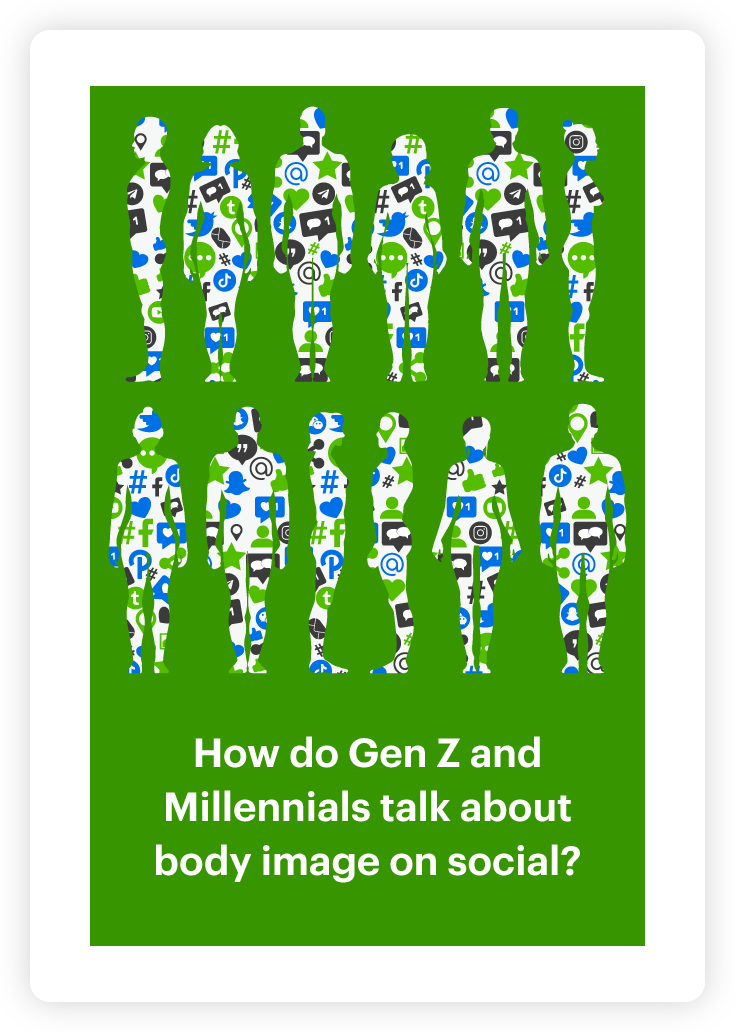Glastonbury Festival: How different audience segments change their tune

After a two-year hiatus, Glastonbury Festival finally had its comeback. For many fans, the festival was the light at the end of a very long and challenging tunnel. But was it all it was cracked up to be? We wanted to discover how different audience segments really feel about one of the world’s most iconic music festivals.
With the likes of Paul McCartney, Kendrick Lamar and Billie Eilish performing; Glastonbury Festival 2022 was undoubtedly an event for the ages. Every year the hype is huge. But is the hype worth it? And how does perception of the festival shift between media personalities and the average festival-goer? We wanted to find out.
Using our audience analysis software, we compared the tweets of two audience segments – verified and non-verified Twitter users – to explore how these two groups discussed the festival. Verified means that the account has a much sought-after blue badge. According to Twitter, to receive such a badge, your account must be authentic, notable, and active. In other words, if you have a blue badge, you’re probably famous – and if not, well, you’re probably not.
So, are these two different types of Glastonbury-goer in harmony or discord?
Listen up.
Verified tweeters can be positively sycophantic
Verified tweeters belong to an exclusive club. Regardless of whether they have a star on the Hollywood Walk of Fame, or in the Twitter universe, they are celebrities. It’s therefore unsurprising that the language of ‘celebrity’ is 1.7x more likely to be used by verified tweeters. Our Twitter audience insights also showed 13.2% more use of the word ‘star’, 8.5% of the word ‘important’ and 4.7% of the word ‘major’. This language can border into the sycophantic, with tweets such as:
“What a unique and remarkable star he [Paul McCartney] is”
More surprising, is that this verified audience segment is 2.5x more likely to refer to the topic of inclusion, with 12.5% more use of the word ‘inclusive’ and 6.3% of the word ‘embraced’:
“@glastonbury shows we can live in a more tolerant, loving and inclusive world”
“this is what it’s all about being British, inclusive, tolerance”
It’s possible that this audience segment sees Glastonbury Festival through rose-tinted glasses; there is a need for them to identify a greater, more philosophical meaning behind the event.
Non-verified users aren’t afraid to sling mud…
Where verified users are high-level, overly optimistic, and borderline sycophantic; their non-verified counterparts are direct, expressive, and not afraid to get colourful. Non-verified users are 2.2x more likely, for example, to express direct criticism at individual acts:
“he was screaming like an idiot . let’s see artists not pundits”
“why has that low life Noel g being given so much play time… [can’t] stand the idiot”
This audience is also 2.1x more likely to talk about ‘bad’ things. They’re 17.2% more likely to say the word ‘shit’ (e.g. “she also didn’t mention how shit was left everywhere”), 9.2% more likely to say ‘bad’ (e.g. “watching #dianaross at #glastonbury2022 and it’s so bad”), and 7.7% more likely to say ‘shite’ (e.g. “too much woke shite tbh”).
Clearly, non-verified users aren’t scared of letting loose and telling it how they feel it is.
But it’s worth stating that it’s not just the ‘bad’ things they draw attention to. Non-verified users are 2.3% more likely to express love, 11.2% more likely to type ‘xx’, are 28.1% more likely to use the 😍 emoji, and 12.6% more likely to use 🥰.
When it comes to expressing raw emotion, non-verified users go all in.
Money and luck pre-occupy the non-verified
Two common themes that permeate non-verified users’ expressive language are money and luck.
Where verified users have a tendency to quantify the Glastonbury Festival experience through numbers (e.g. “the shows were based around one big name” or “@fatboyslim described #glastonbury using three words: community, respect, idiocy”), non-verified users are more focused on the access element of the festival – both financially and practically:
“if I was made of money I would b&b Glasto”
“Glastonbury tickets seems like a lottery”
“wow Glastonbury, 3hundred quid fora ticket”
With availability of tickets often scarce, ticket prices increasing, and the cost of living rising, it makes sense that the average festival-goer can’t quite shake the themes of money and luck.
The distancing language of ‘us’ and ‘them’
Verified tweeters, non-verified tweeters; Glastonbury is a festival renowned for welcoming and uniting one and all. So it’s especially intriguing how the language of ‘us’ and ‘them’ separates the two audience segments.
Verified users are 1.6x more likely to use 1st person plural pronouns (e.g. “we love him” or “@glastonbury we miss you already”), compared to non-verified users being 1.4x more likely to use the 3rd person plural subjective (e.g. “they saw the error of their ways and got down” or “it’s a hippie party so of course they leave the place trashed”).
For the verified, this suggests a natural proclivity for the royal ‘we’, with influencers comfortably taking ownership and speaking on behalf of their media teams and followers. For the non-verified, it could denote a feeling of distance between the ‘man on the ground’ and the powers that be, as part of an ‘us’ and ‘them’ mentality.
A power play of status, commitment, and emotion
What did we learn from this exercise in listening?
We discovered that verified tweeters have a tendency to use Glastonbury Festival as a status symbol, measuring it in terms of celebrity quality, deconstructing it numerically, and even piggy-backing off of its wider social benefits and impact.
By comparison, the non-verified are more judicious, in part because they are more financially committed, but also more emotionally committed. This means they’re more likely to criticise when they see something they don’t like, and express raw emotion when they see something they do. They use the language of ‘they’, keeping their distance to reserve the right to be more critical.
This target market segmentation is just one example of how we can help our customers take more from their social listening, analysing text data from any source to unpick how people truly feel.
